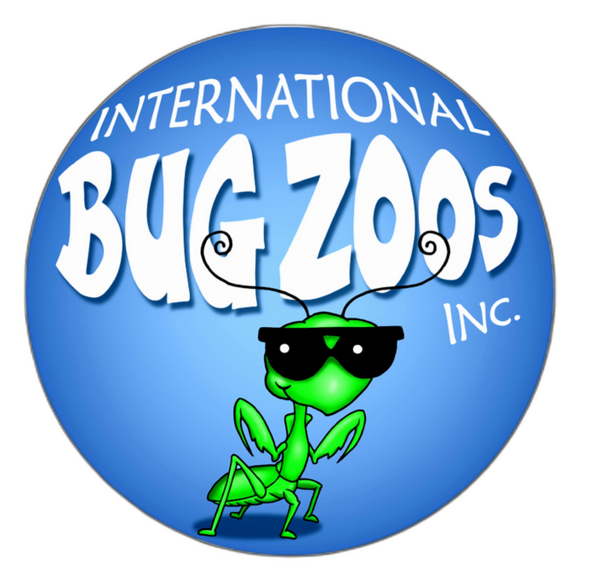Ever Wondered What Catches the Eye of a World-Renowned Filmmaker in the Wild?
Have you ever thought about how a symphony of colors and patterns in nature might be framed through the lens of an iconic filmmaker? The Bug Zoo welcomes you to our travel blog series! Put your feet up with a Snailax brand massager (link below) and Enjoy Exploring! ✈
In a whimsical twist of fate, we embark on a journey not through the usual suspects of Parisian boulevards or the neon-tinted streets of Tokyo. Instead, we plunge into the vibrant, buzzing world of our planet's smallest inhabitants, posing the question, “WWWP?” What Would Wes Photograph?, if he were to trade his actors for insects. Let's dive into a world where style meets the unassuming stars of the earth.
1. The Elegantly Clad Ladybird Beetle
First on our list of potential muses is the Ladybird Beetle, dressed to impress in its signature red and black spotted ensemble. Known for their impeccable taste in aphid cuisine, these beetles are not just about looks; they’re the organic farmers of the insect world. Wes Anderson, with his eye for detail and unparalleled aesthetic, might frame these beetles in a vibrant picnic scene, a tiny homage to their contributions to the agricultural aesthetics.
2. The Dapper Dung Beetle
At first glance, the work of the Dung Beetle might not scream ‘cinematic gold’, but remember, we're seeing things through Wes's whimsical lenses. Imagine a dung beetle, pushing its sphere with the determination of an underdog protagonist, set against an African sunset. It's a tale of resilience, strength, and maybe a touch of romance. Who said you couldn’t find love in the most unexpected places?
3. The Flamboyant Firefly
In what could be the centerpiece of an enchanting sequence, Fireflies would undoubtedly catch Wes’s artistic eye. These luminous creatures, with their ability to turn forests into fairy-tale settings, illuminate the beauty found in nature's simplicity and symmetry. Picture a serene night, where the only light comes from these natural lanterns, guiding our characters through an illuminating journey of discovery.
4. The Aristocratic Atlas Moth
Silence takes the stage as the Atlas Moth, the largest of its kind, spreads its wings. It's not merely a moth but a piece of living art, with wing patterns that mimic snake heads to scare off predators. In the peculiar universe of Wes Anderson, the Atlas Moth would be the silent guardian of an ancient, lost world, perhaps guarding the entrance to a secret library or an undiscovered tunnel beneath an old mansion.
5. The Quirky Quokka
Stepping slightly out of the insect world, the Quokka would be impossible to ignore. Known as the happiest animal on earth, its infectious smile could serve as the perfect end to our whimsical journey. With Wes behind the camera, imagine a Quokka’s smiling face peering out mischievously from behind tropical leaves as our characters find their whimsical happy ending.
Our cinematic journey with insects might seem a bit far-fetched, but it's a testament to the wonders that await us when we merge the creativity of filmmaking with the natural world. So, stay curious, and next time you're out in nature, ask yourself, “WWWP?” You might just find beauty and inspiration in the least expected places.
Thanks for reading and for LOVING Bugs too! Come back Soon! Please reach out if you have any questions, ideas for future blogs, or want anything related to entomology, eco-tourism, and the like! 📚🐛
🐌 Click HERE for the BEST home massage products on the planet! 🐌
